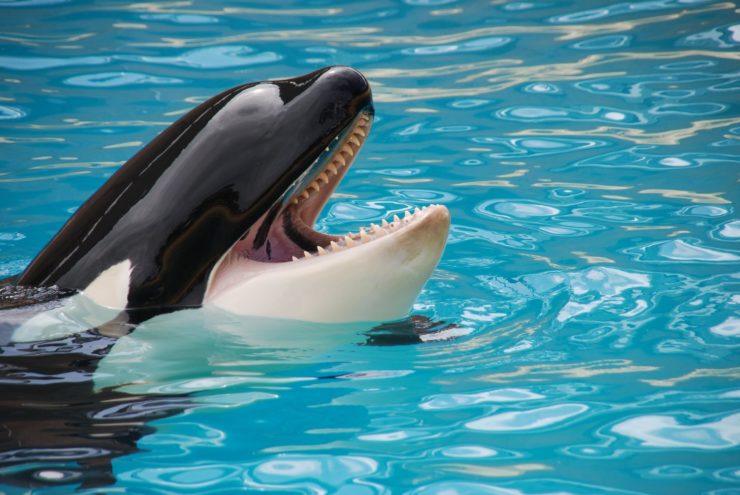
Aerial photos taken by drones are helping scientists track the health and movement of Southern Resident orcas. The research program began back in 2008. This year has been the most successful, all thanks to drones. Being the ninth year of the research, a record number of photographs have been taken.
The partnership between SR3 Sealife Response, Rehabilitation, and Research and the National Oceanic and Atmospheric Administration has allowed researchers to link various images to individual histories, estimate individual growth of orcas, and evaluate their body condition in relation to nutrition and reproductive health.
Drone photos and videos have helped increase knowledge about orcas by offering researchers a new, more detailed and clear perspective. The photos recently came in handy in the diagnosis of the near-death of the orca referred to as J50. According to Dr. Holly Fearnbach, the Director of SR3 Marine Mammal Research, scientists had been tracking and taking photos of J50 in the first year of her life. She was always a lot smaller than other dolphins. The research team was able to observe and learn from J50’s condition. Though they were unable to save her life, the information gathered helped them to better understand orca habits.
During their research, SR3 flew 66 flights over about 75 whales, including J50. Over the past two years, they have photographed whales coming into to shallow waters and the researchers were able to take hi-res photos. Researchers recently took photos of whale K25 which showed that the 27-year-old male orca had lost some weight. The researchers believe it may be related to his mother’s death last year since male orcas are known to depend on mothers for food even when they are mature.
The researchers conduct a series of measurements along the whale’s entire body. From the photos, the researchers can take over 50 individual measurements from which they can draw reasonable conclusions. Their main focus is on the head area since when orcas decline in condition, the fat behind their head is lost. The researchers are also using drones to monitor pregnant whales. One of the photos shows a pregnant whale, J41 hunting alongside her son, J51. According to the team, there are at least 3 new pregnancies. While this is great news, there is always the worry that they may not all make it as approximately three-quarters of orca pregnancies get miscarried.
The drones have really helped scientists learn a lot about orcas. In the past, they had to rely on helicopters and boats which were expensive and took lower quality photos and even scared the orcas. With drones, scientists get real-time data that can be analyzed and measured.
|